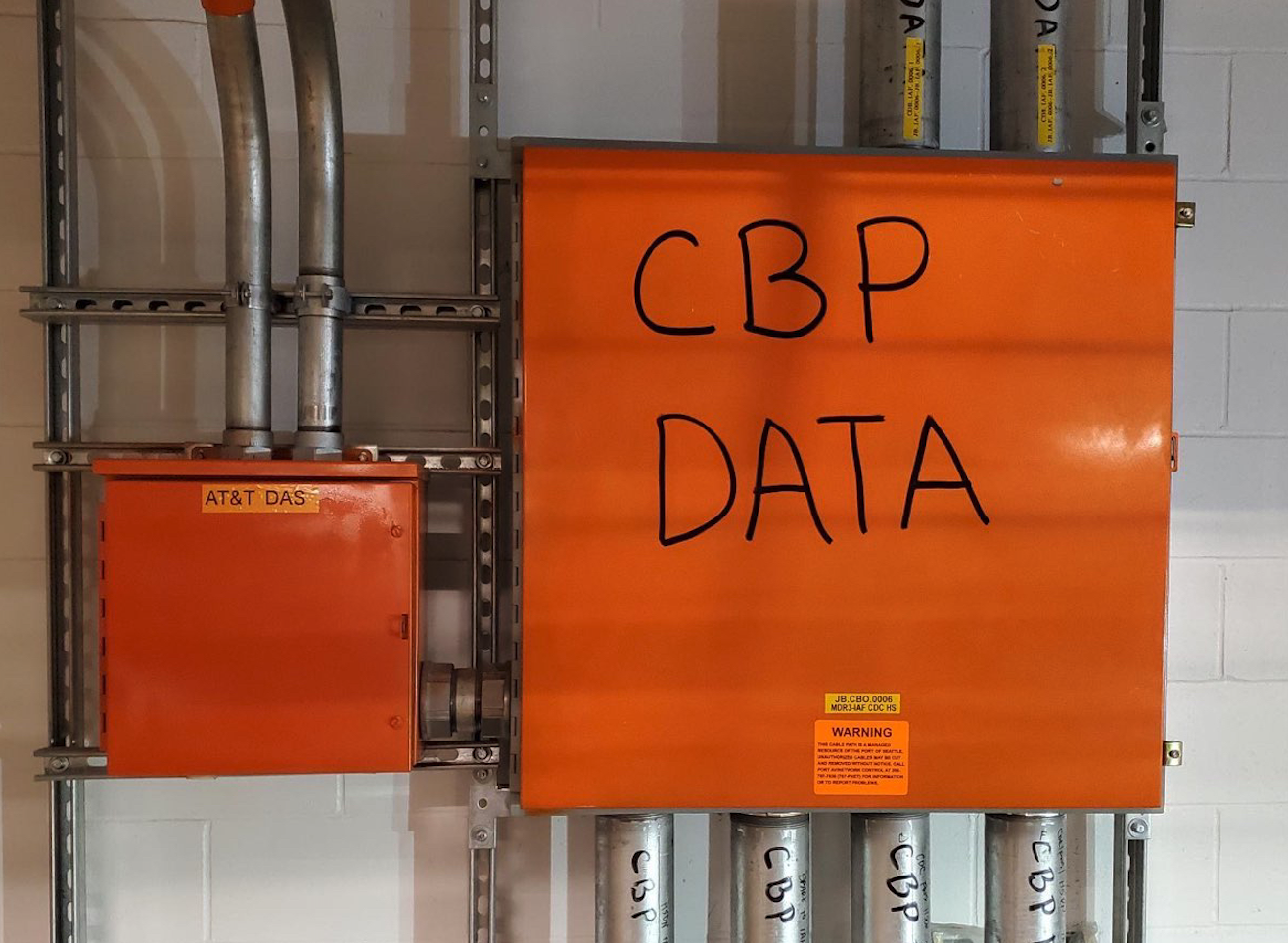Summary
-
Customs and Border Protection (CBP) is increasing its target for scanning passengers with facial recognition as they leave the U.S. from 40% to 75%.
-
The new goal will be implemented at the end of this month.
-
CBP is changing its metric for measuring progress from the percentage of flights that have at least one biometrically processed traveler, to the percentage of passengers who are biometrically processed.
-
CBP says that the change in metric is more accurate and provides a more complete picture of how robust biometric exit processing is on a national level.
-
The Congress-mandated goal of CBP is to have 97% or greater biometric exit compliance.
-
Airlines are increasingly using facial recognition systems to confirm travelers when boarding aircraft.
-
Passengers who do not want to participate in facial recognition can opt out, but they may be asked to present travel documents or other proof of identification, and in some case, fingerprints.
-
CBP says that it will only store facial images for no more than two weeks and that it will share entry and exit data for law enforcement.
The article also mentions a case where a privacy attorney was told by airline staff that she had to participate in facial recognition, even though she had a right to opt out. This suggests that there may be some confusion among airline staff about the rules surrounding facial recognition.
Interesting Passages
A June 2017 CBP document explains its “Biometric Exit Process” for passengers: “All travelers are required to submit to CBP inspection upon exit. Facial images will be matched and then stored for no more than two weeks in secure data systems managed by the U.S. Department of Homeland Security in order to further evaluate the technology, ensure its accuracy, and for auditing purposes. In lieu of facial images, travelers may be asked to present travel documents or other proof of identification, and in some cases provide fingerprints.” That document adds that it could share traveler exit and entry data with other government agencies “if the situation warrants, for law enforcement purposes.”
It seems likely CBP will meet its goal for biometrically-processing 75 percent of passengers. In 2021 I obtained a cache of documents related to the airline JetBlue’s piloting of facial recognition systems. Already back then, JetBlue said it had seen more than 90 percent of customers participate in biometric boarding when it was available.



What the hell do these guys get out of it? Does someone at CBP jerk off to thinking about the amounts of personal data they collect? How do they use it? Or is it just a database of people’s data “in case we need it in the future :3”? wtf…
From a practical perspective? They could eventually cross reference the exits to arrivals, automatically flagging those who have overstated their visa (or, more specifically, automatically clearing those who have left). The data (exit data) is generally useful for all sorts of mundane statistical work. From an automation standpoint it’s both cost effective and time saving. Anyone who’s queued up in an hour+ line to get through border patrol will attest that the prices can be infuriatingly slow.
Of course, that the data can be used for non-official or privacy-adverse uses doesn’t make the collection ok, but that fact also doesn’t mean that the data isn’t useful for its overly intended purpose (automated tracking of everyone who leaves)
Why isn’t a passport enough for that? Each one has a unique ID number, why not use that as reference but instead rely on privacy-invasive biometric data collection? You can just tap your passport on a scanner and it’ll read the machine readable part on both arrival and departure, then have facial recognition/fingerprints be verified if you wanna be 100% sure the passport holder is who they say they are. Many e-passports have this data embedded inside them on a chip, thought that was the whole point.
Your passport contains biometric data (your photo - not as complete as a depth scan or multi-spectral image, but still biometric).
There are two (well, threeish, legitimate) reasons for biometric. First, it is currently harder to fake. Digital passports are difficult but not impossible and non-digital are relatively easy, especially for state actors. Second people are stupid (or unlucky) and lose their passports, which leads to a shit-ton of paperwork to fix. Third, and this is really the rule for which lost docs are a sub-problem, efficiency. Even the cheapest front-line human costs about $100 an hour, including management, training, benefits, etc and I’ve yet to meet an international (or domestic) traveler who enjoys waiting in hour+ lines to get through passport control. Less contact time / zero friction interfaces are both better for passenger attitude and cost efficiency.
Until we stop the practice of drawing imaginary lines on the planet and regulating which side each person is allowed to be on, nearly every travelers and pretty much all the boarder control apparatus is going to want to spend as little time and money on one another as possible.
Amen to that